 |
10 Top Training Tips
10 top training tips that could change your agility life. We
asked ten of the best known trainers in the UK to share their secrets. Next time you go to
training or into the ring, just try one of these suggestions. It could make all the difference.
(May 2009) |
 |
Body Speak
A useful exercise to help you focus on whether you are being consistent in
your training. Is your voice giving the same message as your body. Sally Hopkins
investigates. You may be surprised!
(07/09/03) |
|
 |
Bon Mots
Clever sayings from clever
agility trainers. |
|
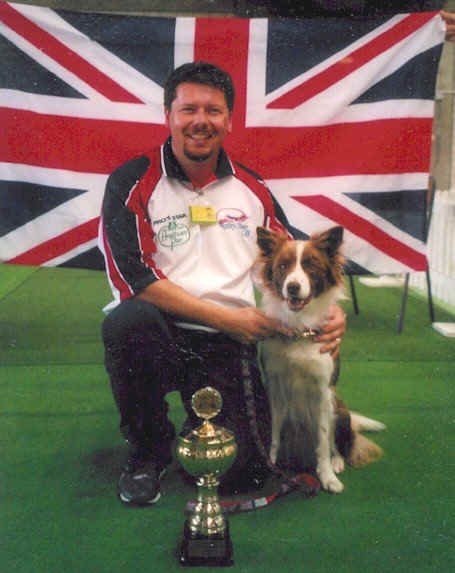 |
Borrowed Dogs / Borrowed Handlers
What do you do when your dog loves
agility but you find that for health reasons you cannot run it any more. Thelwyn Bateman
found herself in just that situation and came up with an interesting solution.
(03/01/03) |
 |
Flyer's
Training Diary
For quite some time American Sandy
Birdsall had debated with herself about teaching directional commands to her Border
Collie. She could think of lots reasons why not to bother, mostly to due with the fact
that she's mildly dyslexic. In the end, she decided to give it a try. This is the diary
she wrote (with Agilitynet in mind) while she was training her dog Flyer to do rights and
lefts. (01/03/01) |
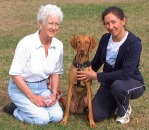 |
Harness Training
Australians Maisie
Griffiths and Jennifer Hendricks share their experiences and some techniques they used to
introduce their new dogs to agility using a harness and long-line. With video
explanations.
(20/05/04) |
|
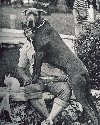 |
Leading the Dance
Well known Canadian clicker trainer Sue Ailsby explains her problem-solving
programme Leading the Dance. It's about building upon your relationship with your dog,
and is meant to be used in conjunction with your other training.
(23/01/01) |
|
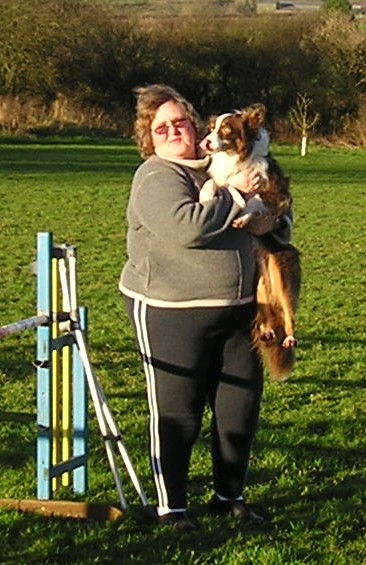 |
Long Distance Handling
Anyone who has seen Chris Kurzfeld and her
dog Tegan on an agility course marvels at their partnership. When Chris realised she was
not going to be able to 'run' with her dog, she decided to teach Tegan to work away. Here
is the story of how she did it.
(25/01/05) |
|
 |
More About
LP & Agility
If you want to be the winning handler you know you really are, you might
want to look into Neuro Linguistic Programming. Andrea Brown explains... |
 |
Neuro
Linguistic Programming
Anne Copley explains how Neuro Linguistic Programming (NLP) can help you overcome the barriers to your success in
agility
with solution focused coaching. |
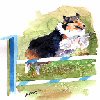 |
Perfect Timing
How would you like to have perfect timing? That is, to never again be
early or late with a command or movement? Itís a simple matter once you understand Bud
Houston's Laws of Dogs in Motion © .
(24/03/04) |
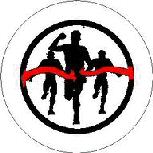 |
Positive Training Isn't Just for Dogs
You know that positive training works with
our canine partners and that success is rewarding! So shouldn't we show the same
consideration to ourselves.
(16/03/04) |
 |
Random Things I have Learned About Agility
Heather Christenson says there is nothing like doing agility for learning
how to communicate with your dog. In fact, since she started training her gang,
she's never learned so much nor had so much fun. For instance...
(17/09/03) |
|

|
SMART Goal Setting
At this time of year it is not uncommon
for people to set goals or resolutions for themselves and, if you're an
agility fanatic, this will often involve your dog(s). What do you want
to do? Do you want your dog to have tighter turns or more consistent
contacts? Do you want them to settle better in between their turns in
training? Eloise Collins explains the art of goal setting.
|
|
 |
Speeding Up a Slow Dog
Several years ago Leona
Hellesvig and her Cocker Spaniel Ember took a class which was specifically for
dogs who had been in agility for a few years but were too slow to make the course time.
It was run by trainers Martha Healy, Carol Smorch, Dan Dege
and a few other guest instructors, and it lasted for an entire winter which can be a long
cold time in Minnesota! The course was called Go Crazy Go Nuts and it really helped!
(23/09/01) |
|
 |
Stress: Its
Effect on the Performance Dog
Why doesn't your dog
act like it does at home? Audrey Ferrel shares her thoughts on learning and behaviour in
a paper she did for school. (25/08/02) |
|
 |
Stressed Out?<
We can not give our dogs a totally stress free life, nor
would we want to. Stress in moderation is not harmful. However, problems with dogs arise
when they are subjected to many forms of stress in their every day life, and they are not
allowed to recover from it. You may think that you are the only only stressed out on the
agility course, but your dog feels to pressure too. Dog behaviourist
Aileen Clarke investigates the causes of stress and how
to relieve it.
(10/04/02) |
 |
Training Small Dogs
Training small dogs is a real rollercoaster of a ride. They can be delightful, funny,
endearing, incredibly frustrating, stubborn, distracted, very noisy, surprising and amazing -
and all that in a one minute agility run! Lucy Parkin explains how to get the best from them... |
 |
Understanding Your Relationship with Your Dog
For many of us, one of the reasons we enjoy competitive canine sports so much is
due to this attachment we form with our dog(s). Reciprocally, to succeed in these sports,
one must start with a good, solid relationship with the dog. Kathy Herzog began
this article with the idea in mind of discussing forms of reinforcement and reward, and
how these concepts relate to agility training. However, as she began her research, she
realised that an exploration of one's relationship with one's dog is much more germane
and basic to the ultimate goal of having a cohesive and successful agility team. |
 |
Understanding Canine Massage & Stretching
Learn more about the benefits of canine massage
and stretching for agility dogs before and after shows and how to do it.
(30/10/05) |
 |
Unleashing
Your Velcro Dog
Author and leading American agility competitor
Jane Simmons-Moake says that one of the most common questions people ask her at seminars
and at agility trials is 'How do you teach your dog to work at a distance?' Jane attempts
to answer this complex questions in this article.
(31/10/08) |
|
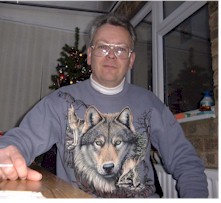 |
Wolf Watching
In April 2001 Aileen Clarke attended an introductory
course lead by Turid Rugaas, the well-known Norwegian animal behaviourist. Aileen was so
impressed with everything she learned that she booked for a second course, which was
billed as dealing with behaviour and the rehabilitation of dogs. The summer course
included wolf watching, and as she does Pet Obedience classes and rehab work with the
permanent residents at the NCDL, it seemed ideal.
(20/09/01) |